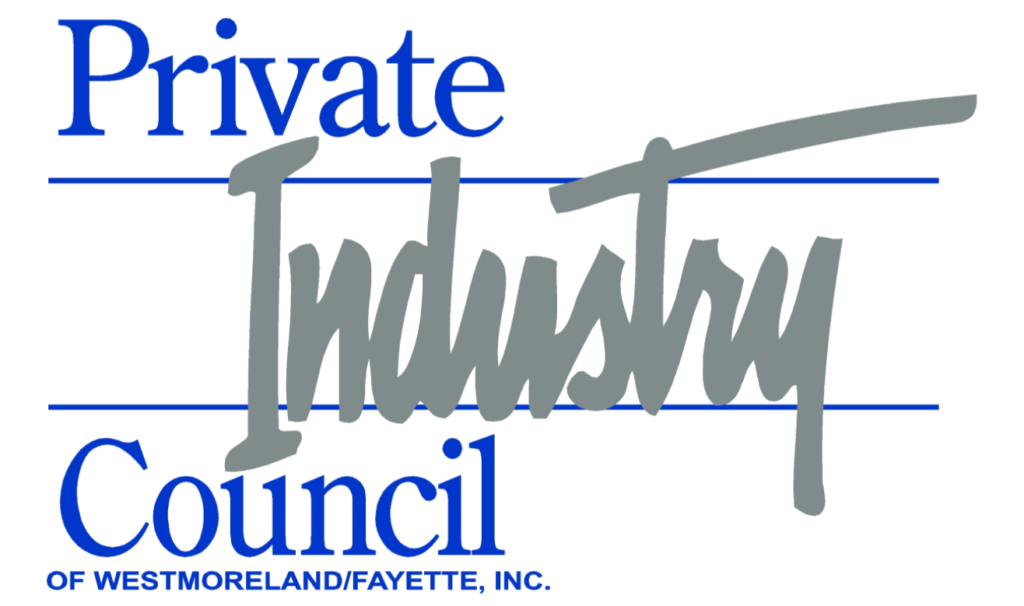Grant writers in 2025 are navigating a rapidly changing landscape marked by increased competition, heightened expectations from funders, technological advances, and shifting social and economic priorities. The competitive nature of the funding environment also presents a significant hurdle. With more organizations applying for a limited pool of funds, proposals must be highly tailored, strategically aligned with a funder’s mission, and free of errors. Time constraints and high workloads compound this challenge, especially for grant writers managing multiple submissions across varied deadlines. One of the primary challenges is the growing demand for data-driven proposals.
Another prominent challenge is the ever-increasing competition for funding. As more nonprofits and community-based organizations compete for limited philanthropic and government dollars, funders can afford to be more selective. This competitive environment means that grant writers and their teams must craft proposals that are not only clear and well-written but also deeply aligned with the funder’s mission and strategic priorities. This alignment goes beyond simply addressing a funder’s focus areas—it requires an understanding of a funder’s language, values, recent funding history, and long-term goals. The pressure to stand out in a crowded field can lead to burnout among grant writers, particularly those working in small shops where one person handles multiple aspects of fundraising and communications.
Technological advancements are both a blessing and a challenge. While grant management systems, AI writing assistants, and digital fundraising tools can streamline certain tasks, they also demand a new level of digital literacy. Learning and adapting to different funder portals, managing version control, and troubleshooting technical issues can be time-consuming and frustrating. Moreover, while AI can assist with drafting content or conducting research, grant writers must ensure the final product remains authentic, mission-driven, and in the unique voice of the organization.
Grant writing is a high-pressure role with tight deadlines, high stakes, and frequent rejection. In 2025 and beyond, our organization is positioned to thrive in the increasingly competitive and demanding funding environment.





 724-836-2600
724-836-2600





